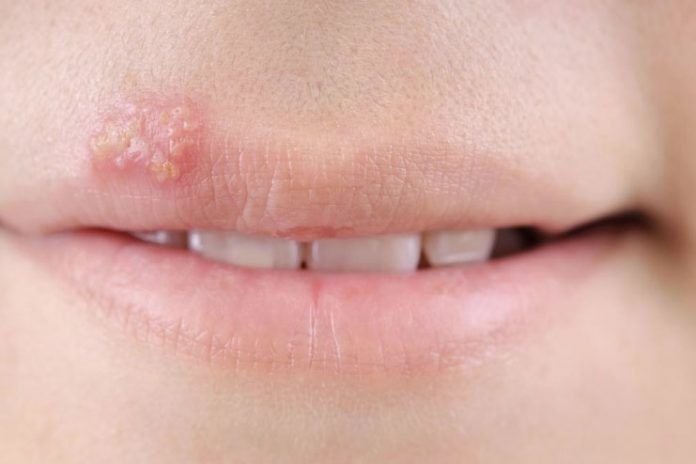Affiliate Disclaimer
Some links in this article are affiliate links. We may earn a small commission if you make a purchase through these links, at no extra cost to you. We only recommend products we find useful to our readersLip lumps, though usually harmless, might be upsetting and concerning. These lumps can cause “discomfort”, as well as cosmetic problems. They might appear as little ulcers, blisters, or swelling on the lips.
Common causes include allergies to food or lip care products, hormonal fluctuations, and viral infections such as herpes simplex, which produce cold sores. Prompt treatment is essential to reduce symptoms, avoid complications, and to restore lip health.
Lip bumps can be effectively managed by understanding their causes, resulting in little disturbance to daily activities and general well-being.
Section 1: Causes of Bumps on Lips
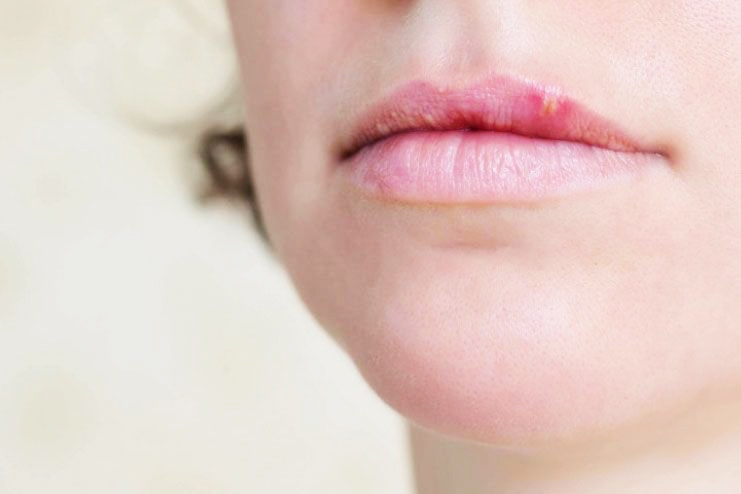 Various circumstances can cause bumps on lips, each manifesting uniquely:
Various circumstances can cause bumps on lips, each manifesting uniquely:
1. Cold Sores (Herpes Simplex Virus): One of the most common causes of cold sores is the herpes simplex virus (HSV-1). Cold sores resemble blisters filled with fluid and develop on or around the lips. The blistering stage is followed by painful sores that crust over as they heal. Symptoms include tingling or burning sensations preceding the blistering stage.
2. Canker Sores: Aphthous ulcers, also known as canker sores, are painful lesions inside the mouth, notably on the lips. Canker sores are also known as gingival ulcers. They are often round or oval in shape, with a white or yellow core and a red border. Symptoms include pain and discomfort, especially when eating or drinking.
3. Allergic Reactions: Allergic responses to lip care products, cosmetics, or food can cause bumps or swelling on the lips. Depending on the severity of the condition, the symptoms include itching, redness, swelling, blisters, or hives.
4. Fordyce Spots: Fordyce spots are little, innocuous pimples that can form on the lips or genitalia. They can be yellowish or white and are harmless. It is a type of sebaceous gland that does not include hair follicles. One of the symptoms is the appearance of little bumps that are painless and may be confused with milia or pimples.
It is essential to thoroughly understand the causes and symptoms of bumps on the lips to diagnose and treat them effectively.
Section 2: Home Remedies for Lip Bumps
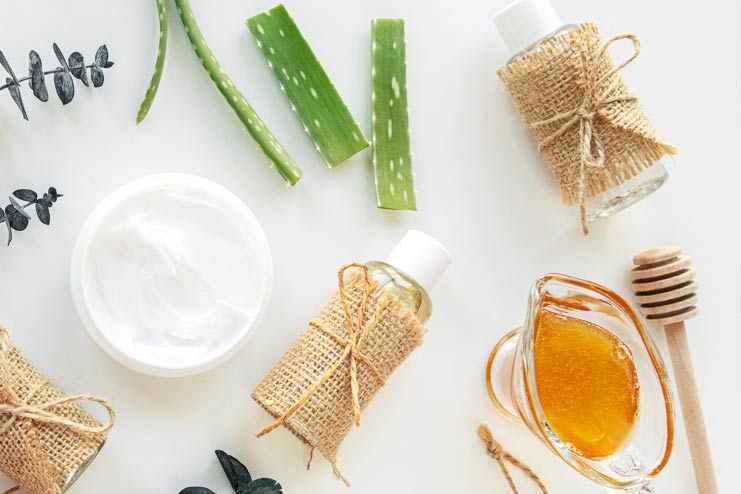
It is possible to find comfort and effective treatment for lip bumps with the use of home remedies:
1. Aloe Vera: Aloe vera has anti-inflammatory and calming effects. Fresh aloe vera gel can be applied directly to the affected area multiple times through the day to reduce swelling and to promote healing.
2. Tea Tree Oil: Tea tree oil is particularly well-known for its antiviral and antibacterial qualities. It should be diluted with a carrier oil such as the coconut oil and then applied to the bump using a cotton swab. It aids in the fight against infections and shortens the healing process.
3. Honey: Honey is a natural antibacterial agent that can help reduce inflammation and prevent infections. Honey also has antibacterial characteristics. Apply a small amount of raw honey directly on the lump and leave it there for a few hours or overnight.
4. Ice Pack Therapy: Wrapping an ice pack in cloth can effectively reduce the pain and swelling associated with lip bumps. Apply the pack for ten to fifteen minutes multiple times daily.
These solutions offer natural alternatives that can help ease the symptoms of lip bumps and boost the healing process. Consistent use helps hasten the healing process and improve the general health of the lips.
Section 3: Medical Treatments
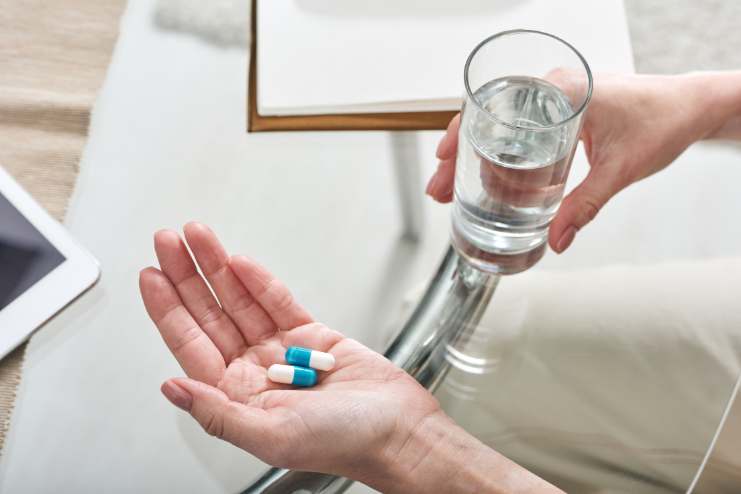
Medical professionals can effectively treat lip bumps in situations where home cures are not adequate to alleviate the condition:
1. Antiviral Medications: Antiviral medications such as the acyclovir or valacyclovir may be administered to treat severe or recurring cold sores caused by the herpes simplex virus (HSV-1). These treatments alleviate symptoms and prevent future breakouts.
2. Corticosteroid Creams: Corticosteroid creams can alleviate the irritation and itching associated with allergic reactions or inflammatory disorders of the lips. In most cases, they are applied topically to the affected region.
3. Laser Therapy: If you have chronic or huge pimples on your lips, similar to Fordyce spots, laser therapy may be recommended as a treatment option. It can improve the appearance of bumps and the overall texture of the lips.
Seek medical consultation in the following situations:
- Bumps are marked by their severity, pain, or recurrence.
- Home therapies are not effective in alleviating symptoms.
- Fever or other systemic symptoms are present in addition to the bumps.
Uncertainty exists over the underlying cause or the most effective method of treatment.
- When adequately managing lip bumps, consulting a healthcare expert provides an accurate diagnosis and selection of suitable treatment.

Section 4: Prevention Tips
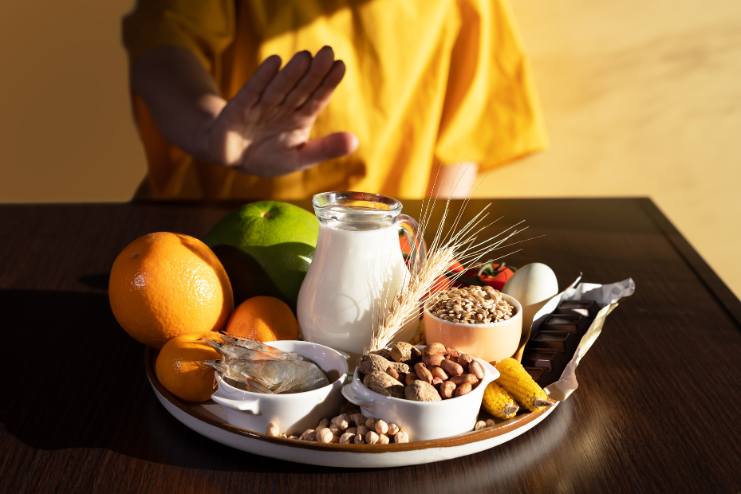
If you want to avoid getting lip bumps, take preventative actions to reduce the likelihood of triggers and to keep your lips healthy.
1. Avoid Allergens: The first step in avoiding allergens is to recognize and steer clear of lip care products, cosmetics, and foods that cause allergic responses. Patch testing new products can reduce the risk of unpleasant reactions.
2. Maintain Oral Hygiene: It is essential to maintain good oral hygiene by brushing and flossing your teeth everyday. This will prevent the accumulation of bacteria, which could result in infections or canker sores on your lips. If you are prone to irritation, use a gentle toothpaste.
3. Use Lip Balms containing SPF: Protect your lips from sun exposure by using lip balms that contain SPF, especially when working outside for an extended period. Lips that have been sunburned are more likely to develop blisters and pimples.
4. Change your Lifestyle: Maintain general health by eating a balanced diet, drinking enough water, and managing stress. Address the underlying issues that cause lip bumps, such as stress or nutritional inadequacies, to reduce the risk of them occurring again.
Section 5: When to See a Doctor
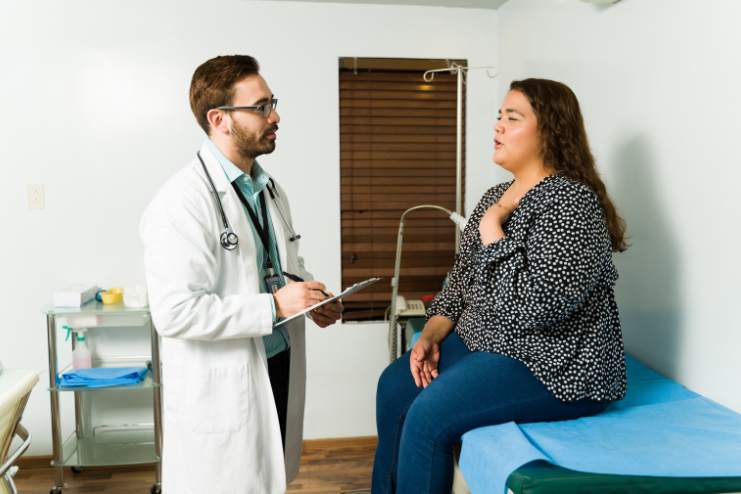
It is necessary to seek medical attention for specific symptoms that are connected with lip bumps to ensure an accurate diagnosis and treatment.
Some Warning Signs Include:
Persistent Bumps: The term “persistent bumps” refers to bumps that do not improve over time despite receiving home therapy.
Severe Pain: Severe pain is intense discomfort or pain that makes it difficult to carry out daily activities.
Fever: Symptoms that are accompanied by a fever may be an indication of an illness that requires medical attention.
Worsening Symptoms: More severe symptoms include swelling, redness, or discharge from the bump, may indicate the presence of an infection.
Uncertainty: If the source of the bump is not evident or there is concern about a more severe condition, it is time to seek professional help.
Seeking Professional Diagnosis and Treatment:
It is essential to seek professional advice to determine the precise reason behind lip bumps. A healthcare provider can carry out a physical examination, scrutinize the patient’s medical history, and, if necessary, conduct tests. To adequately address the underlying problem, professional treatments may include prescription drugs, specialist creams, or surgeries.
Conclusion
Lie bumps can be caused by various factors, including cold sores, canker sores, allergic reactions, and Fordyce spots, and prompt attention is required to treat them.
Honey, aloe vera, and tea tree oil are some home remedies that can help ease symptoms. However, medical therapies, including antiviral drugs and corticosteroid creams, may be required for more severe instances.
To help prevent future outbreaks, avoid allergens, practice good dental hygiene, and use lip balms with sun SPF.
Recognizing when to seek medical assistance is paramount, mainly when symptoms are severe or persistent.
-
Aug 2017Written by Prajakt
-
Aug 2024Edited by Ankita
In this Article

















